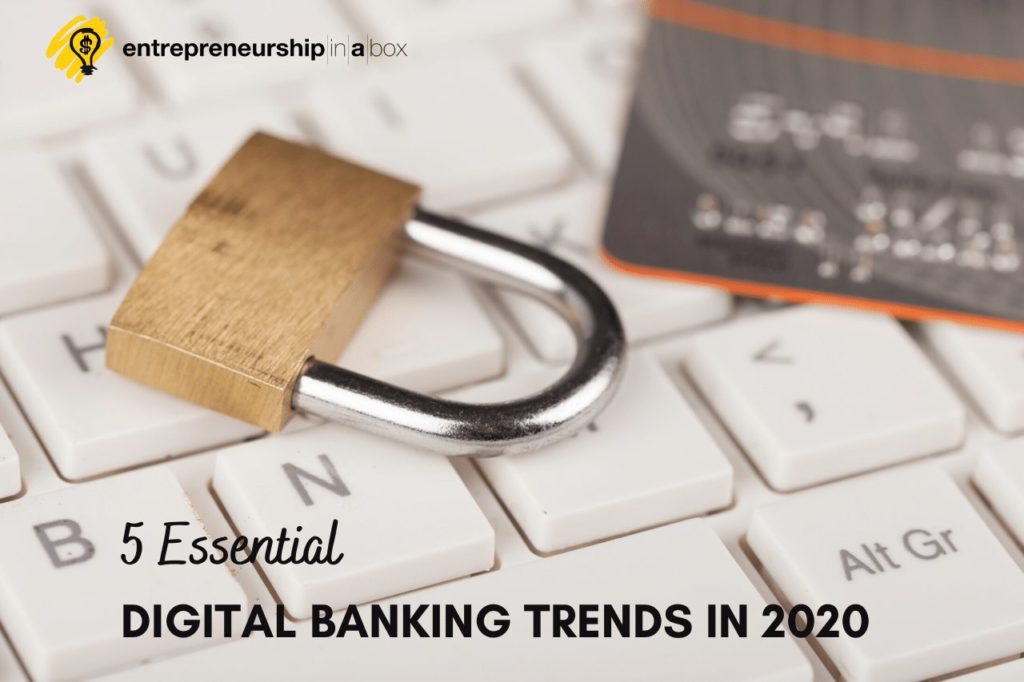Digital banking offers a lot to make our lives easier and can potentially replace traditional banks soon. With digital solutions, people get all necessary banking services and client support without the need to fill out too many forms or stand in line at cash desks, ATMs, and terminals for several hours.
With the advent of mobile technologies and chatbots in banking, financial services can provide customer support efficiently. Moreover, their owners don’t need to rent buildings and hire too many employees because all necessary procedures can be quickly done online.
In 2020, the demand in digital banking increased, as people had to stay isolated for long and use banking apps more frequently to make various transactions and check their bank accounts. In the past few years, neobanks and large technology companies such as Apple and Google have entered the financial services market. Competition gets more intense, and banks start to adopt new technologies more actively to stay competitive. This article will tell you about five digital banking trends, following which you can become more successful in 2020. Let’s get started now.
1. High security
Banking services become more digital and use more additional services to improve our experience. For this reason, people expect that any bank operation is highly secure for them. According to the 2019 survey by Mastercard, 67% of people said that security is the most important factor in using digital banking solutions. Two years ago, this percentage was 39%.
Developers focused on enhancing collective security principles and cloud services for digital banking. When a company starts to bring a significant number of clients into the cloud that includes numerous agreements with both private and state-owned enterprises, it can collect enough information about criminals and use specific patterns against various cyber threats. Besides, they can use machine learning and artificial intelligence to identify suspicious activities as fast as possible and prevent the company and their clients from danger.
2. Improved user experience
Companies tend to improve user experience and application interfaces to reduce the number of user steps in solving their problems. As a result, applications get more user-friendly and can eliminate repetitive operations. Developers have made it easier to log in to a mobile banking app, and now there’s no need for entering much data to get started.
Some financial services support Open Banking initiatives aimed to make the customer experience better. Open Banking gives access to customers’ financial data to third parties so that they could develop more useful services and apps. At this point, financial information can only be shared under the customer’s approval. For example, budgeting apps can use the data from a banking application to track the customer’s spendings more efficiently and prevent unnecessary expenses.
3. AI-based service
Artificial intelligence has already shown a positive impact on the interaction between the bank and its customers and keeps improving digital banking. AI deals with transactions, accounting, fraud detection, reporting, and planning because it makes the right decisions faster than a person. Managers can work along with artificial intelligence in cases when empathy and negotiation skills must be used during customer interaction. Still, AI technologies will save managers’ time by offering personalized recommendations, commercial analytics, and more advanced solutions built into banking CRM platforms.
4. Focus on mobile banking
For many financial institutions, it’s clear that the availability in browsers isn’t enough to increase ROI and create additional cash flow from commissions and Interest income. Mobile banking is more significant for both customers and employees because it provides them with the opportunity to perform as many operations as possible by only tapping on the screen. Mobile banking apps include a higher number of advanced functions than before. They are fully-fledged channels that provide access to all banking products, operations, and services necessary for all out-of-the-office operations.
5. More productive partnerships
Large banks strive to develop more financial products as well as turn services into ecosystems. They keep building relationships with movie theaters, booking companies, airline services, gas stations, and delivery hubs. Within the banking ecosystem, users can open accounts, transfer money, pay taxes and fines, buy goods and use services from partners, and organize their free time. For this reason, banks start to build more effective partnerships and integrate their offers to enrich customer experience and earn more money from cooperation.
Conclusion
There’s a direct correlation between the level of digital maturity and profitability of banks. Moreover, the gap between technology leaders like Google and Apple and banks is blurring, so the competition gets fiercer. Apart from building more cost-effective business models, banks need to find new unique ways to make money in a low-interest market. They have yet to prove that by improving client experience, building personalized real-time interactions, and developing new Open Banking products and services. In this way, they will be able to take the market share from less developed players and achieve higher revenue.





